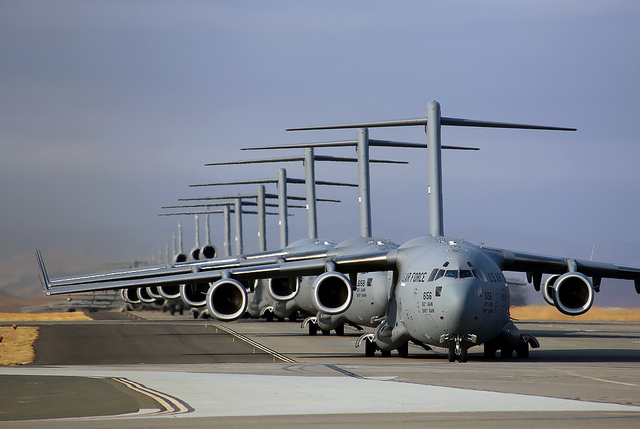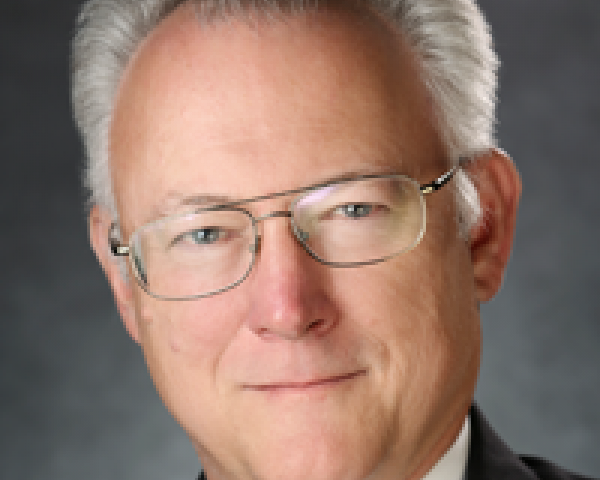California's 2
nd District Court of Appeal has reversed a Workers' Compensation Appeals Board (WCAB) decision, which had in turn reversed a decision by a workers' compensation judge (WCJ) on a "going and coming rule" case. In
Shultz v WCAB (Joint Test Tactics and Training (JT3)), the court ultimately determined that the employee was operating his motor vehicle within the course and scope of employment. So, the going and coming rule, which defines the ordinary commute as not being part of the work day, was inapplicable.
Craig Schulz was a civilian employee working on a secure U.S. Air Force base not open to the public. On the day in question, he drove his personal vehicle to the base and passed through the secure gate using the security pass issued by his employer. Approximately one mile past the gate, he was involved in a motor vehicle accident (MVA) and sustained injuries. He claimed they were in the course and scope of employment. His employer denied the claim, saying he had not yet reached the employer’s premises. The employer also argued that the applicant had sustained injuries because of an idiopathic seizure related to his diabetes, so the injuries did not arise from his employment.
Extensive testimony was taken at trial as to the employee’s duties, his need to travel to various locations on the base during the course of the day and whether his employer expected him to use his personal vehicle. The employee testified that he commonly used his own vehicle to travel from location to location on the base. The employer presented testimony that it provided vehicles for employees to travel around the base and that it did not require the employee to use his own car. Multiple witnesses, however, confirmed that Schulz did, in fact, use is own vehicle on multiple occasions. Schulz provided compelling documentation from his own log (kept for tax purposes) of his vehicle usage. There was also general agreement that, while vehicles were typically available, on occasion they were not. Schulz's side argued both that he had entered the employer’s “premises” when he went through the secured gate and that his vehicle was used in the course of his employment, based on custom and practice.
The WCJ ruled in Schulz's favor, relying principally on the use of his personal vehicle on the job site. The judge did not address the premises issue raised by Schultz, nor was there any compelling evidence (at least according to the court) to support the claim of idiopathic causation. On appeal, the WCAB reversed, based on the employer’s evidence of availability of its vehicles and the policy that work could be postponed until a vehicle was available. The WCAB held that the injury was outside the course and scope of employment. The WCAB did not address the applicant’s argument that he was on the employer’s premises at the time of injury.
The appeals court did not focus on either the WCJ’s line of thought nor that of the WCAB but instead focused on the premises argument. The court noted:
“Although Schultz was assigned to a particular building on Edwards, it is undisputed that he and other employees of JT3 performed work at multiple locations at the base at various times. Edwards is a secure location, and JT3 controlled Schultz’s access to the base, which he could only enter with a security pass issued by JT3 and approved by the Air Force. Because JT3 controlled Schultz’s access to Edwards, and Schultz worked throughout the base on assignments, he was on the premises of his employer once Schultz entered Edwards, and his injury therefore occurred during the course of that employment for purposes of the workers’ compensation law. “
The court cited
Smith v IAC, a California Supreme Court case, as support for the concept of an understanding of the expanded-workplace concept. The court found that the Schulz case was even “more compelling” than
Smith on defining the premises of the employer as beyond the actual buildings where the work was performed. The court found that the discussion as to whether Schultz was required to provide his vehicle was irrelevant once it was determined he was on the premises:
“For purposes of the premises line rule, it does not matter whether Schultz was permitted to use his own car to perform work, as he contended, or if that was not permitted, as maintained by JT3, as the record clearly shows that Schultz was required to work throughout Edwards at times, and his work was not confined merely to Building No. 1440. Schultz was on JT3’s premises for purposes of employment when injured.”
The court summarized as follows:
“We hold that the premises line rule applies to an employee injured in a single-car traffic accident where (1) the employee was a civilian working on a secure U.S. Air Force base not generally open to the public, (2) the employee entered the base in his personal vehicle after passing a guard gate using a security pass issued by his employer with the approval of the Air Force, (3) the employee had traveled one mile inside the base when the accident occurred and (4) the undisputed evidence established although the employee worked out of a fixed location, the employer had multiple locations on the Air Force base and the employee traveled sometimes in his own vehicle, as needed, throughout the base to perform work assigned by his employer.”
Comments and Conclusions:
If we were ever under the illusion that the “going and coming” rule was an inflexible legal concept, this case should certainly dispel the notion.
It is interesting that neither the WCJ nor the WCAB seemed to focus on the ultimate legal issue relied upon by the appellate court, namely whether the employee had entered the employer’s premises once he had passed through the secured gate. Some understanding as to why that may have occurred can be found in some of the court’s discussion as to whether the applicant had raised this issue in proceedings below the appellate level. One of the arguments raised by the defense included the assertion that the applicant was raising the premises rule for the first time on appeal and therefore had forfeited the right to raise the argument. The appellate court rejected that argument, finding the applicant had included a discussion of the issue in the trial brief, thereby preserving it for consideration on appeal. However, it is certainly possible that, with all the testimony on whether and how often the applicant used his vehicle, the parties may have simply overlooked the premises issue. The court certainly found enough evidence in the testimony to make a finding on the issue, so the factual basis was available for everyone to see.
In the grand scheme of things, this case does not increase exposure very much. The number of cases where an employee enters a third party’s premises that will also be considered the employer’s premises and then continues to drive several miles will likely be very limited. The fact that the court relied upon the secured nature of the location also makes expansion of this concept somewhat questionable.


